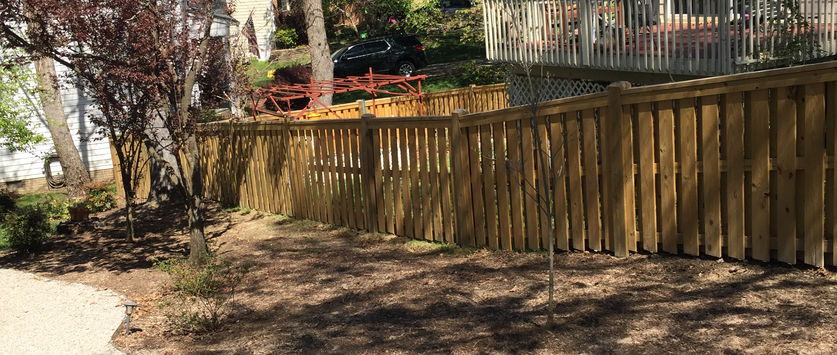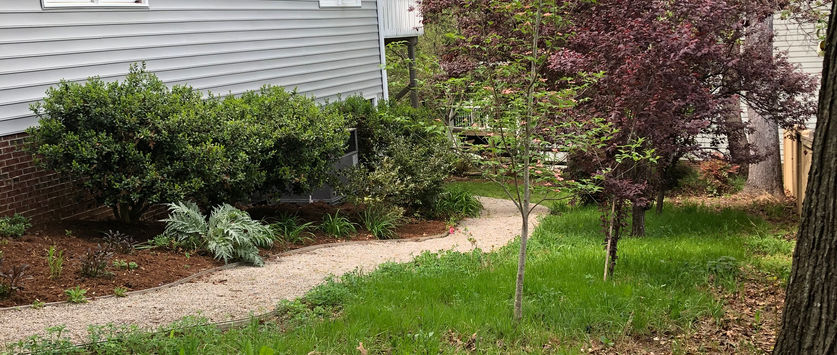Progression of a Meadow, Apex
Meadows, pastures, Piedmont savannas, open grassland, natives, rewilding, are terms that go hand in hand. For the last 30 years or so the North Carolina Forestry Department has conducted Prescribed Burns to bring back the habitat of the Long Leaf Pine, Pinus palustrus. It is said that farming began in the South Eastern United States during colonization because there were vast open savannas of grasslands rich with diversity of flowering plants, dotted with large oaks and Long Leaf Pine. Forests were only in deep gorges with streams or steep hills. Catawba, Haliwa-Saponi, Coharie, and Waccamaw Siouan tribes of the Piedmont, Sand Hills, and Coastal Plains practiced controlled burning as part of their traditional land management practices, for the purpose of grazing animals and thus hunting. Traditional European farming practices took advantage of the grasslands for cash crops that were on such a scale to include indentured servitude alongside the purchasing of people as slaves. Timber was always important to the settlement as pitch or tar was needed for ship building and then lumber for housing increased. The Loblolly Pine, Pinus taeda was introduced on a plantation scale that still resounds today. On tracts of land, thousands of acres upon which the Loblolly Pines are grown relatively quickly and harvested 2-3 times in a generation. The Pines are what attract people to this beautiful state but they were not always here in such abundance. The Pines also foster an environment for the colonization of hardwoods and underbrush. Bringing back cleared spaces for grassland is important for ecology, diversification of flora and fauna, and for future generations to enjoy a less monoculture environment.



















